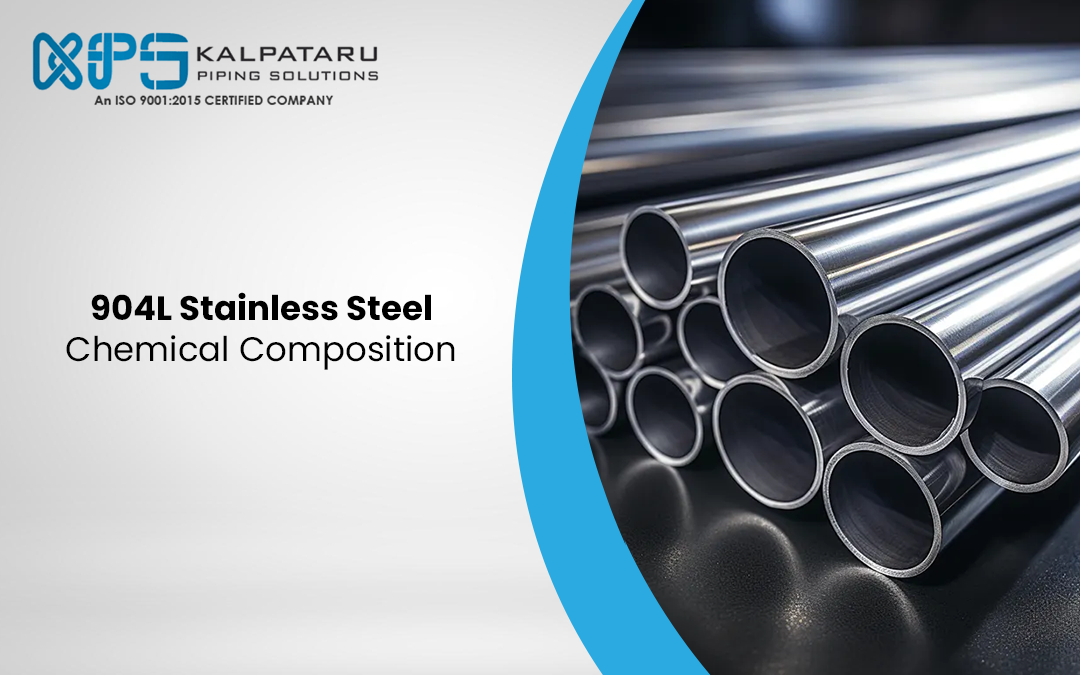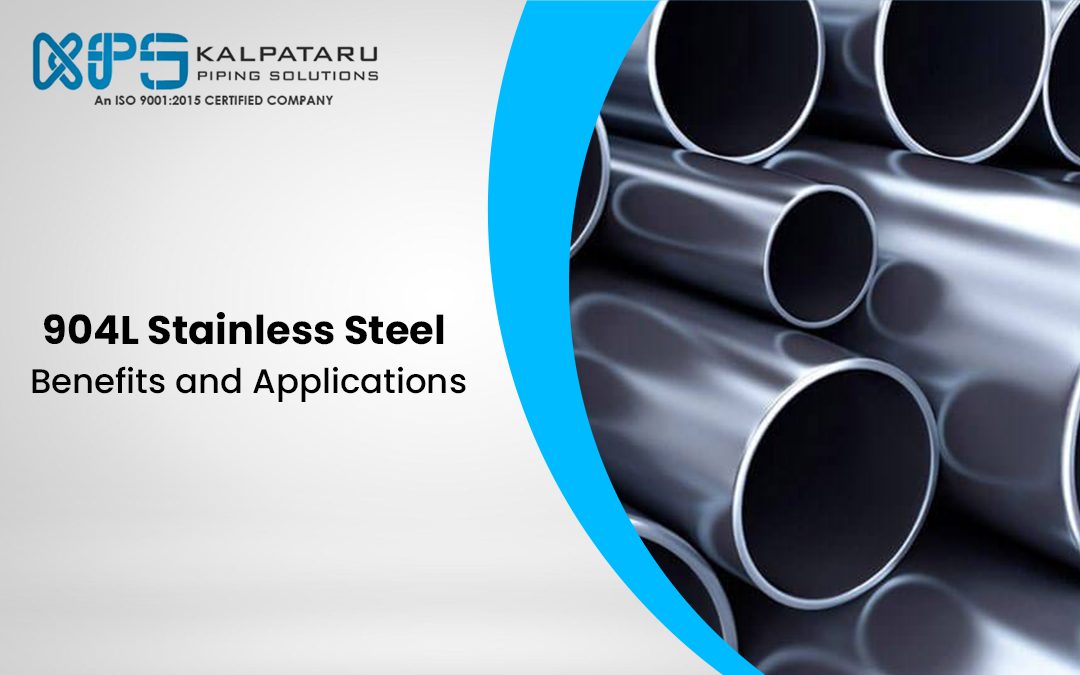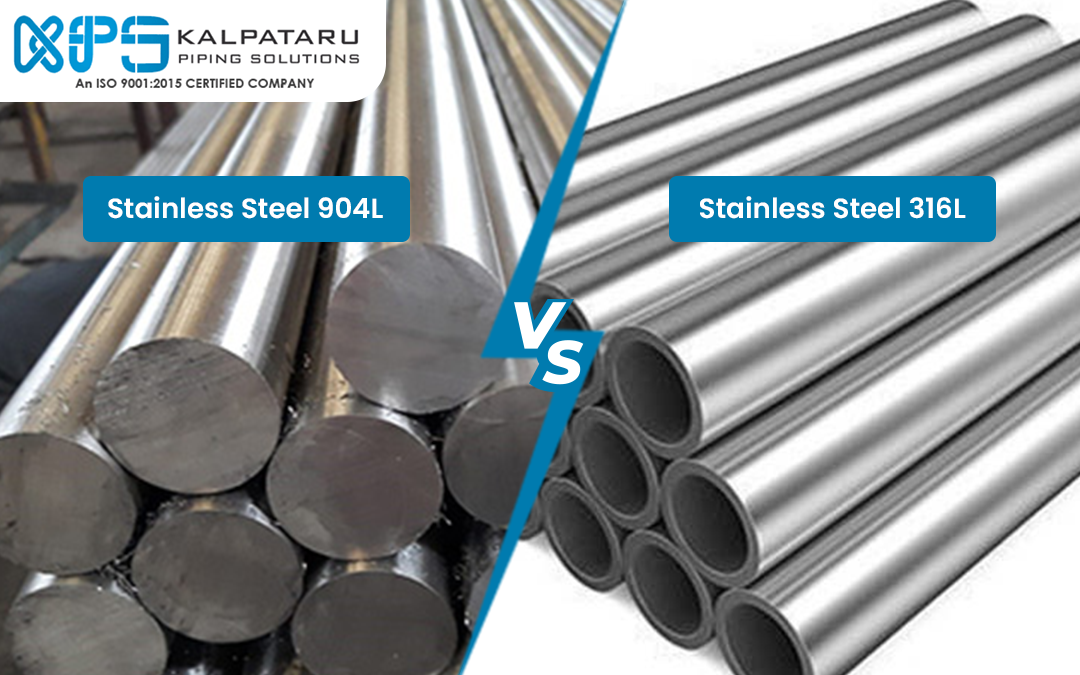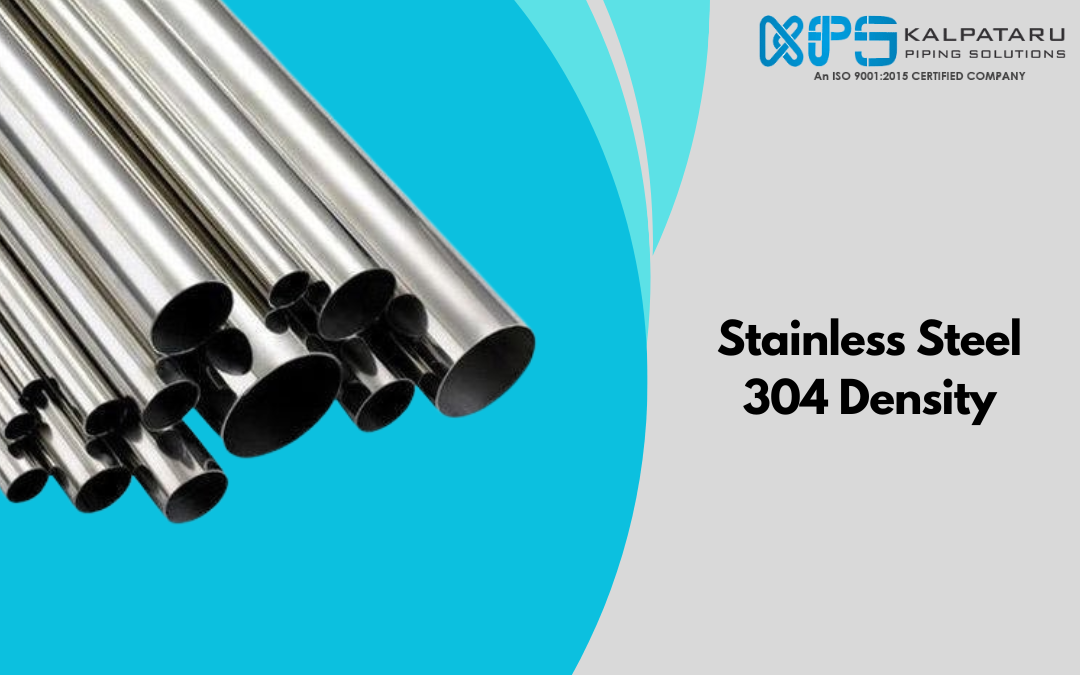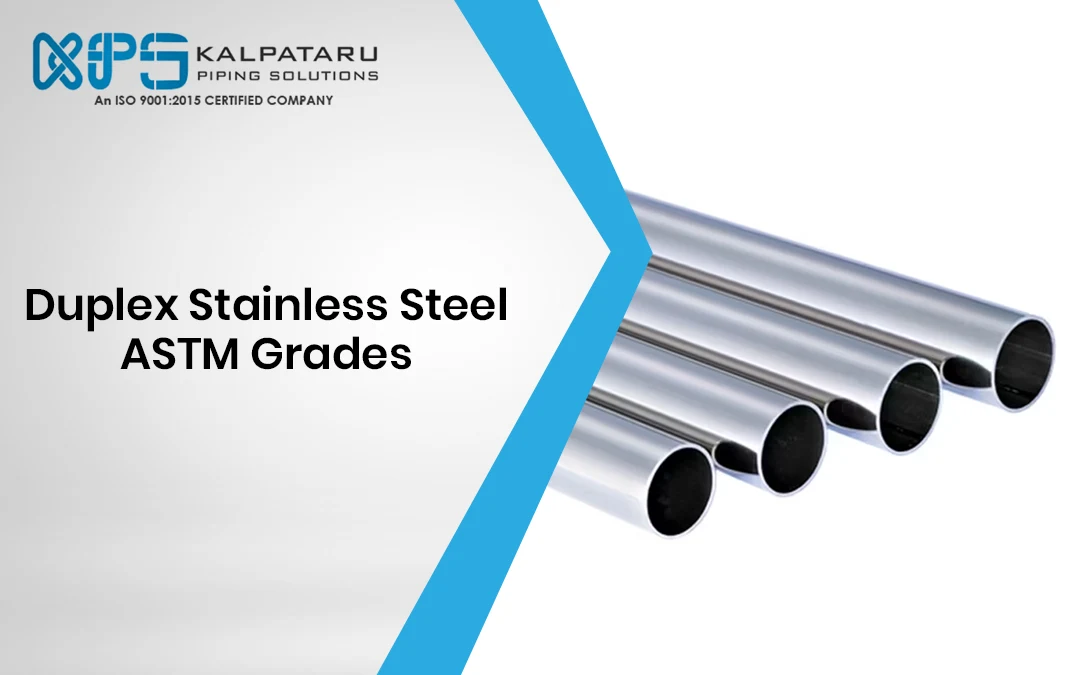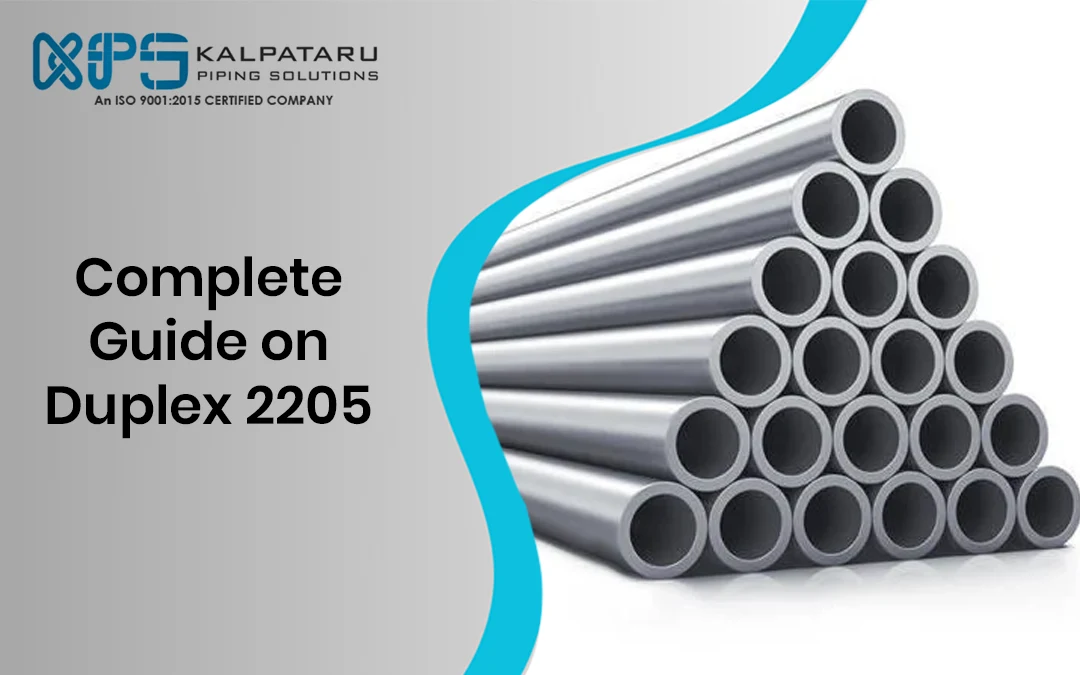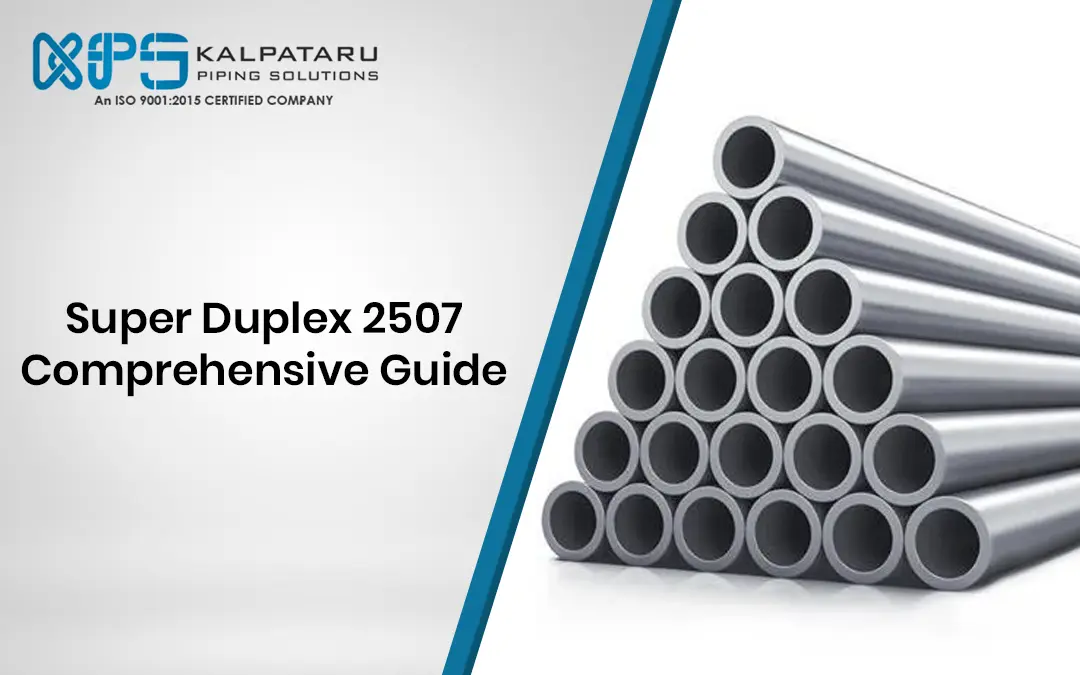904L Stainless Steel: Composition, Properties
904L stainless steel is a superaustenitic stainless steel grade, alloy 904L (UNS N08904) and contains high levels of chromium and nickel with additions of molybdenum and copper to provide superior corrosion resistance. The combination of high chromium and nickel content, coupled with additions of molybdenum and copper, assures good to excellent corrosion resistance, and moderate to high corrosion resistance in a wide range of process environments, containing dilute sulfuric acid. It also offers good resistance to other inorganic acids such as hot phosphoric acid as well as most organic acids.
With high-level alloys of 25% nickel and 4.5% molybdenum, 904L stainless steel provides good chloride stress corrosion cracking resistance, pitting and general corrosion resistance superior to 316L and 317L molybdenum enhanced stainless steels, The copper addition provides resistance to hot phosphoric acid and dilute sulfuric acid. 904L stainless steel is non-magnetic and offers excellent formability, toughness, and weldability.
904L Stainless Steel Chemical Composition
The chemical composition of stainless steel 904L contains roughly 19 to 23% chromium, 23 to 28% nickel, 4 to 5% molybdenum, and 1.0-2.0% Cu, which gives the alloy greater corrosion resistance than 316L.
| Alloy 904L | |
| Ni | 23 – 28 |
| Mo | 4 – 5 |
| Cr | 19 – 23 |
| Cu | 1 – 2 |
| C | 0.02 max |
| Mn | 2.0 max |
| Si | 1.0 max |
| P | 0.045 max |
| S | 0.035 max |
SS 904L Material Properties
| Grade | Tensile Strength (MPa) min | Yield Strength 0.2% Proof (MPa) min | Elongation (% in 50mm) min | Hardness | |
| Rockwell B (HR B) | Brinell (HB) | ||||
| 904L | 490 | 220 | 36 | 70-90 typical | 150 |
904L Stainless Steel Physical Properties
| Grade | Density (Kg/M 3 ) |
Elastic Modulus (GPa) |
Mean Co-Eff Of Thermal Expansion (Μm/M/°C) 0-100°C |
Thermal Conductivity (W/M.K) At 20°C |
Specific Heat 0-100°C (J/Kg.K) |
Elec Resistivity (NΩ.M) |
| 904L | 7900 | 190 | 15 | 11.5 | 500 | 952 |
904L Stainless Steel Specification
| Standard | 904L |
| UNS | N08904 |
| Werkstoff Nr. | 1.4539 |
904L Stainless Steel Price
904L stainless steel price varies depending on thickness, size, and supplier, reflecting its high resistance to corrosion and acids. Known for its durability in harsh environments, 904L stainless steel is commonly used in chemical and marine applications. Its price is generally higher than other stainless steels due to its superior alloy composition. For more information about the 904L stainless steel price, please contact us—we are here to help with any questions or provide a custom quote based on your specific requirements.
904L Stainless Steel Corrosion Resistance
Stainless steel type 904L is primarily fabricated to offer resistance to the sulfuric acid and it also possesses superior resistance to the various conditions. It has outstanding resistance to the hot sea water and chloride conditions. The significant content of nickel offers outstanding resistance to stress corrosion cracking as compared to the other stainless steel alloys. The copper content enhances the resistance to sulfuric acid and other reducing acids especially in the rigorous conditions. In the various atmospheres, stainless steel 904L grade offers moderate corrosion resistance between the standard austenitic 316L alloy and highly alloyed 6% molybdenum and equivalent to super austenitic alloy types. In the presence of rigorous nitric acid, the lower resistance as compared to molybdenum-free alloys like 304L and 310L are used. To get the highest stress corrosion cracking resistance in the crucial conditions, the steel is recommended to solution treating subsequent to cold processing.
904L Cold Forming
904L is quite ductile and forms easily. The addition of molybdenum and nitrogen implies more powerful processing equipment may be necessary when compared with the standard 304/304L grades.
904L Hot Forming
Working temperatures of 1562 – 2102°F (850 –1150°C) are recommended for hot working processes. Normally hot working should be followed by a solution anneal and quench, but for 904L, if hot forming is discontinued at a temperature above 2012°F (1100°C) and the material is quenched directly thereafter, the material may be used without subsequent heat treatment. The entire workpiece must be quenched from temperatures above 2012°F (1100°C). In the event of partial heating or cooling below 2012°F (1100°C), or if the cooling has been too slow, hot working should always be followed by a solution anneal and quenching. 904L should be solution annealed at 1940 – 2084°F (1060 –1140°C).
904L Heat Resistance
Grade 904L stainless steels offer good oxidation resistance. However, the structural stability of this grade collapses at high temperatures, particularly above 400°C.
904L Fabrication
Grade 904L stainless steels are high-purity steels with low sulfur content. They can be machined using any standard methods. These grades can be readily bent to a small radius under cold conditions. Although subsequent annealing is not required in most cases, it should be carried out when the fabrication is performed under severe stress corrosion cracking conditions.
904L Heat Treatment
Grade 904L stainless steels can be solution heat-treated at 1090 to 1175°C, followed by rapid cooling. Thermal treatment is suitable for hardening these grades.
904L Welding
Alloy 904L can be readily welded by most standard processes. Solidification after welding causes the redistribution of certain elements such as molybdenum, chromium and nickel. These segregations remain in the cast structure of the weld and can impair the corrosion resistance in certain environments. Segregation is less evident in 904L, and this material is normally welded using a filler metal of the same composition as the base metal and can even be welded without filler metal.
Welding of grade 904L stainless steels can be performed using all conventional methods. This grade does not require pre-heat and post-weld heat treatments. Grade 904L can be subjected to hot cracking in constrained weldment.
Conclusion
In conclusion, 904L Stainless Steel is an excellent choice for industries requiring high-performance materials, especially in chemical processing. It provides outstanding corrosion resistance, handles high temperatures, and is easily weldable, making it suitable for applications where cleanliness and durability are essential. As industries evolve and demand resilient materials, 904L stainless steel stands out as a reliable, long-lasting solution that will support growth and efficiency well into the future.
FAQs
Which is better, 904L or 316L?
Both 904L and 316L stainless steels offer good corrosion resistance, but 904L is better for highly corrosive environments due to its higher chromium, nickel, and copper content. While 316L is more affordable for general use, 904L is ideal for demanding applications in chemical, petrochemical, and marine industries.
What is the difference between 304 and 904L?
The main difference between 304 and 904L stainless steels is their corrosion resistance. 304 is cost-effective and suitable for mild environments, while 904L offers superior resistance to harsh conditions like acids and chlorides, making it ideal for chemical and marine industries.

